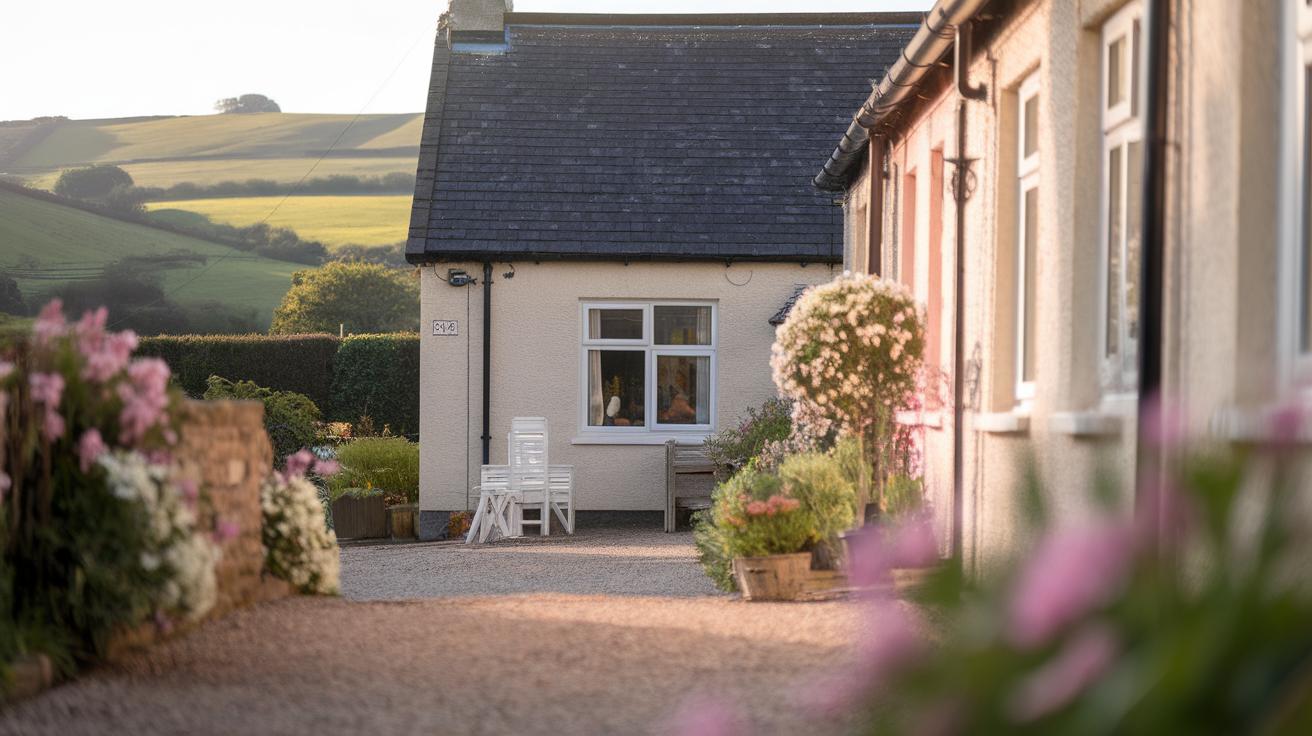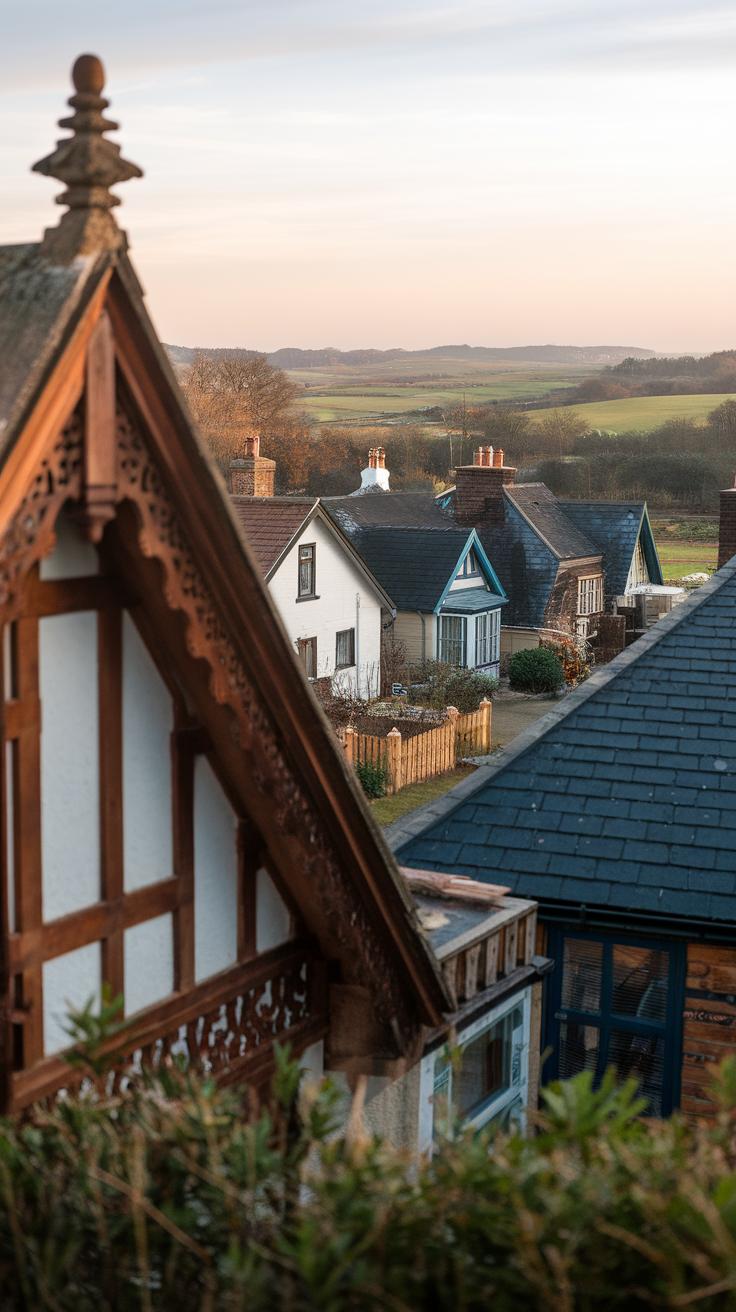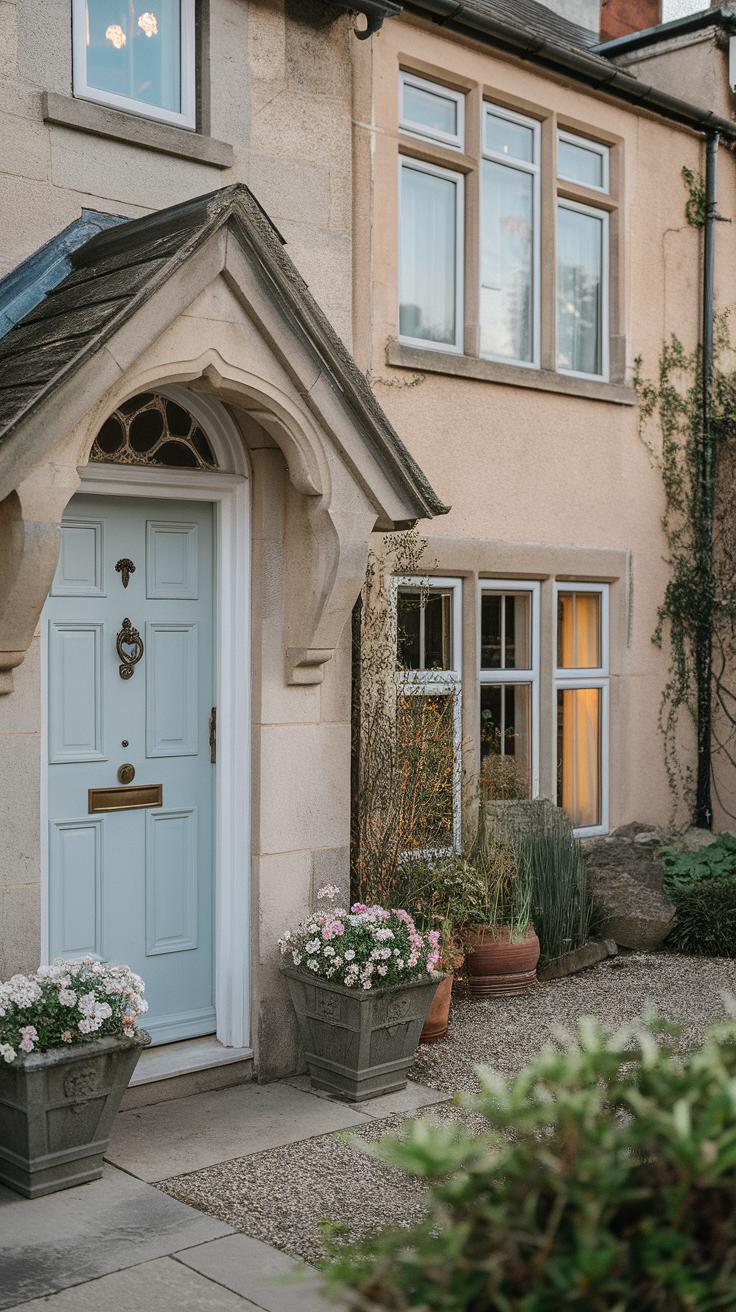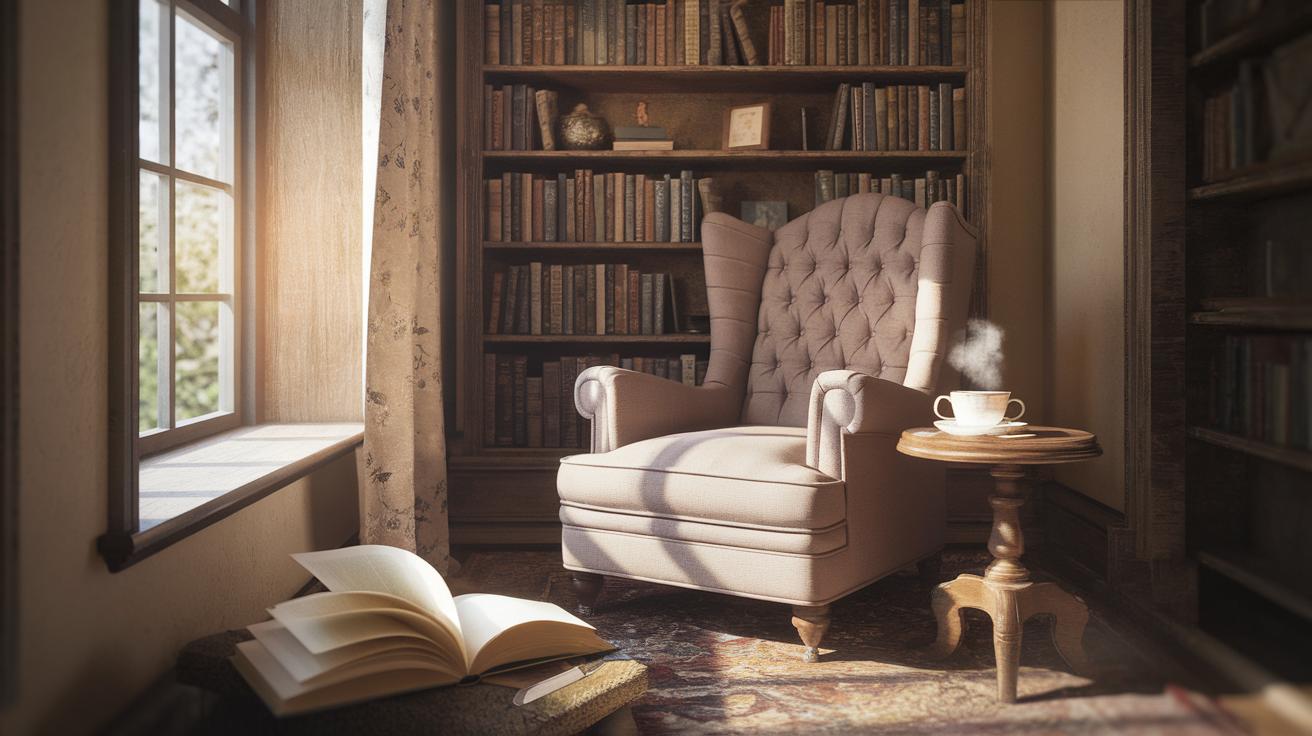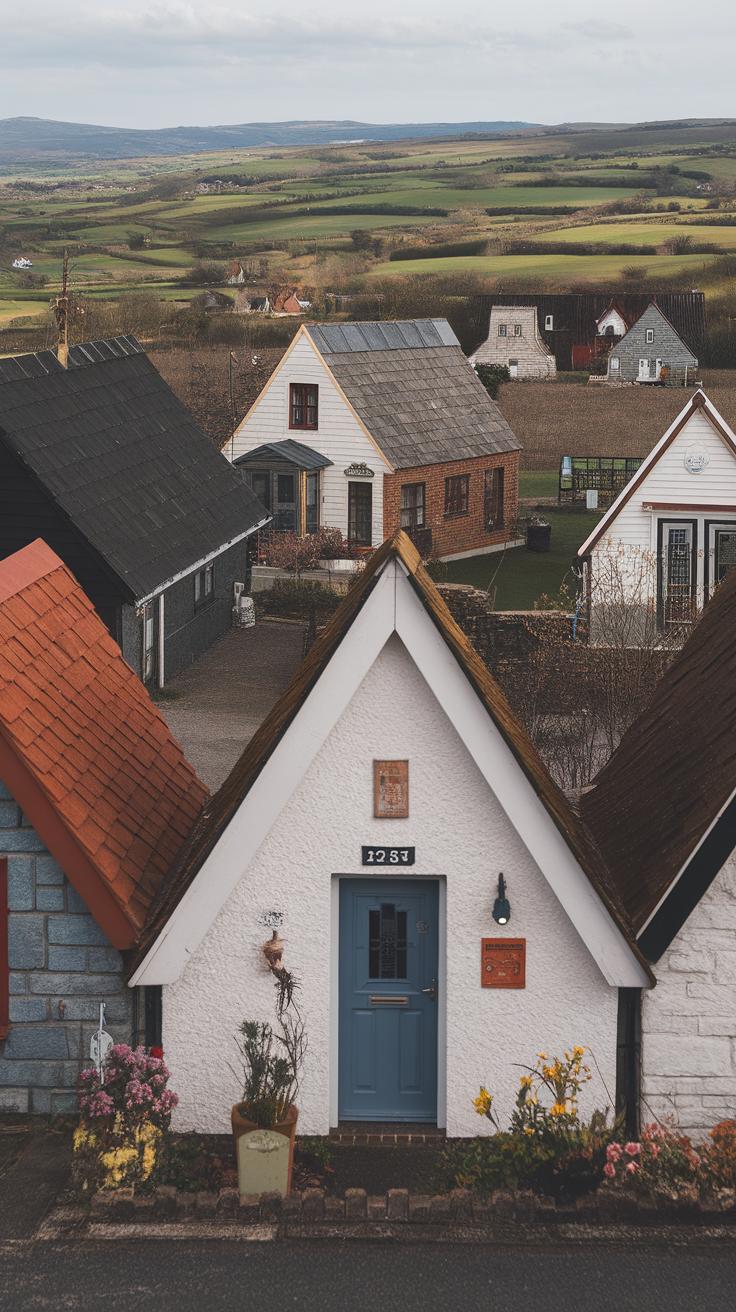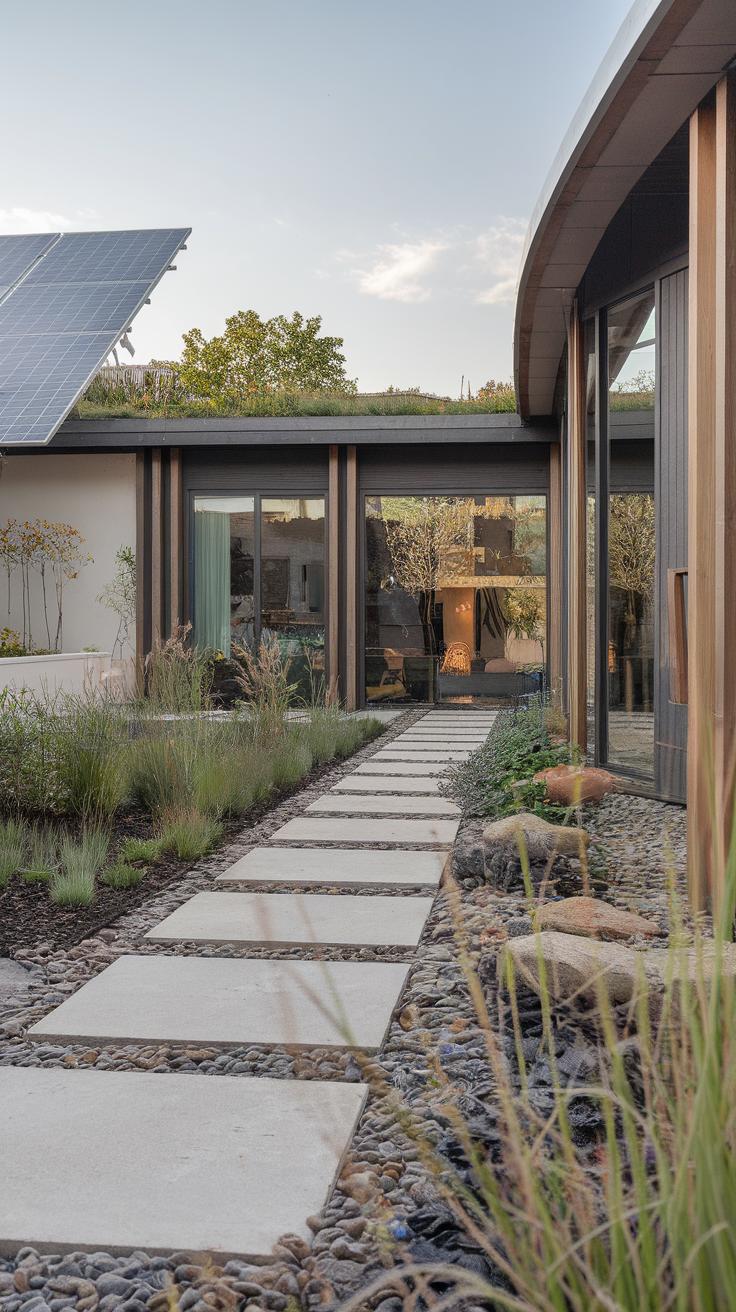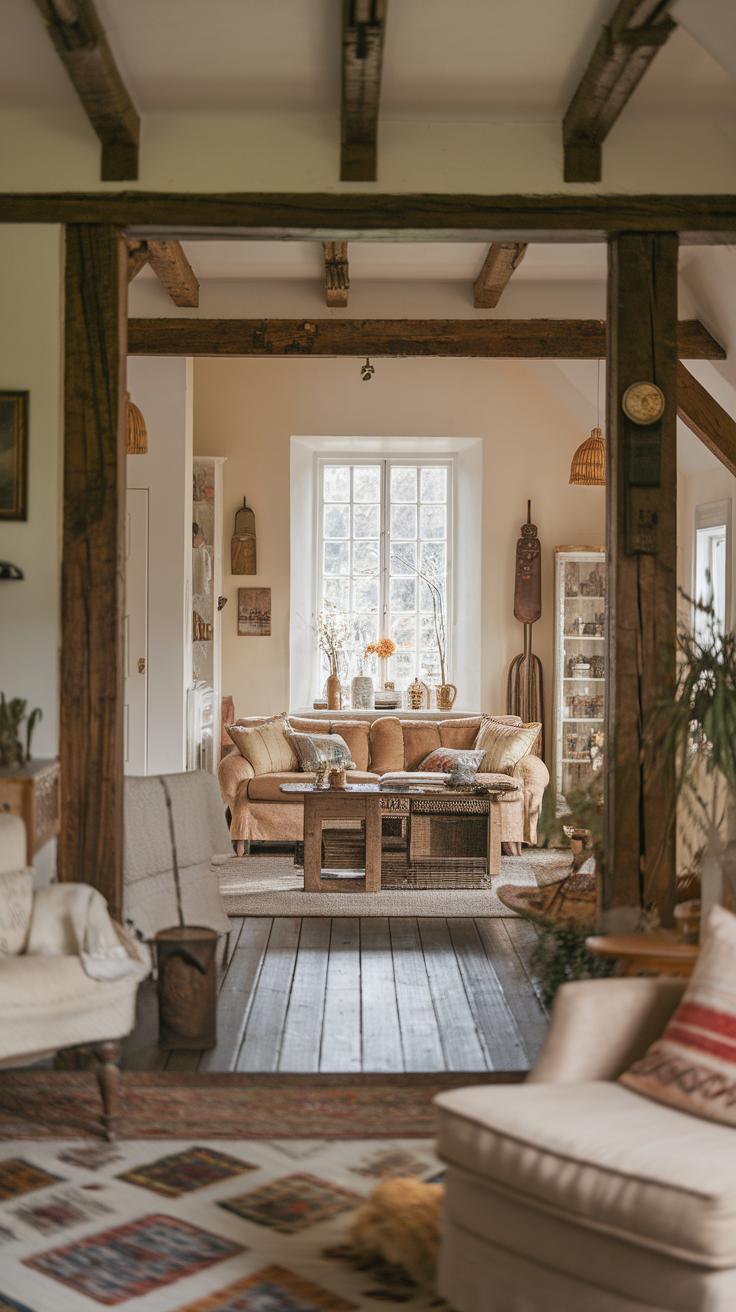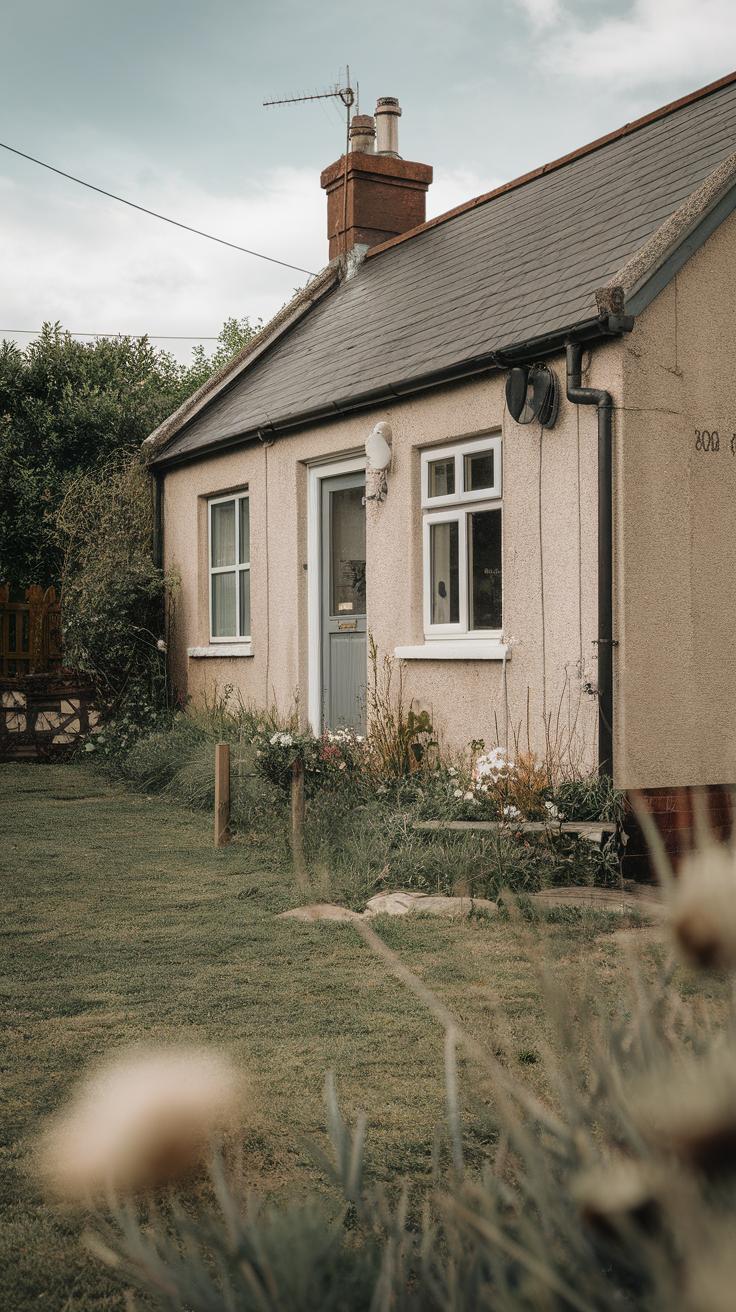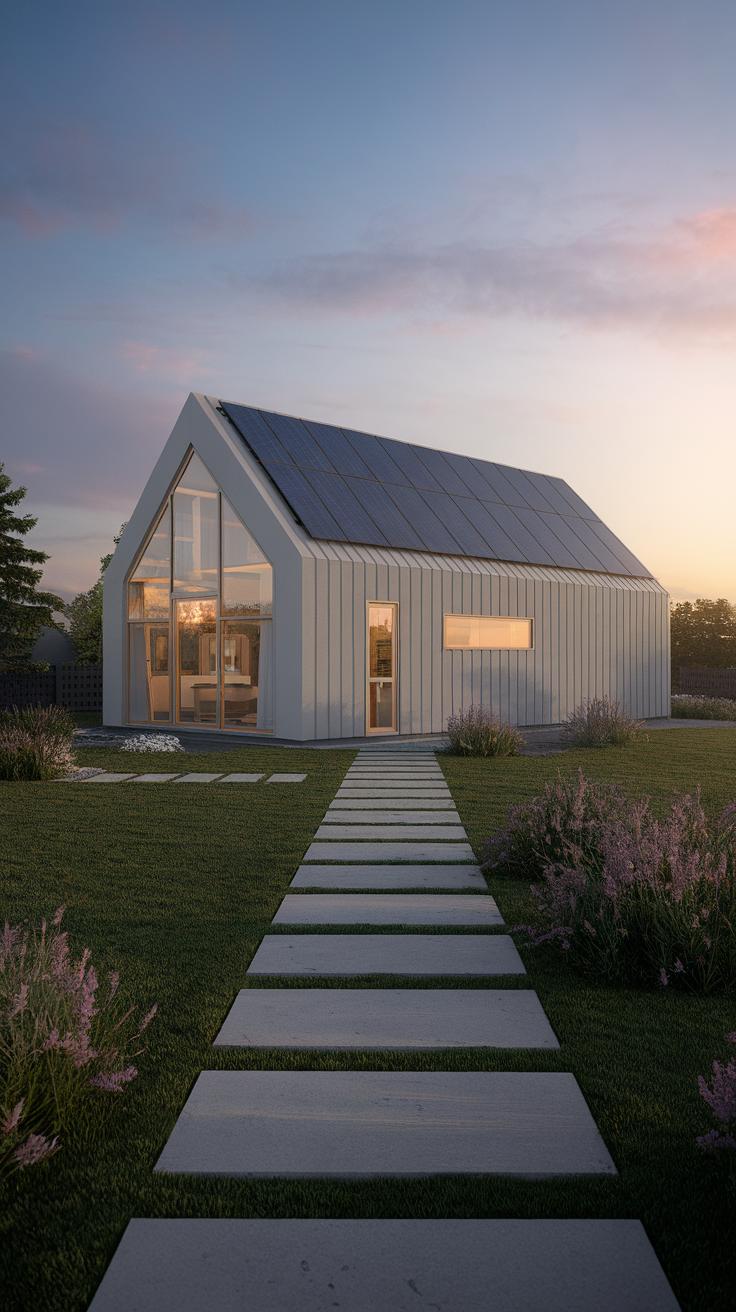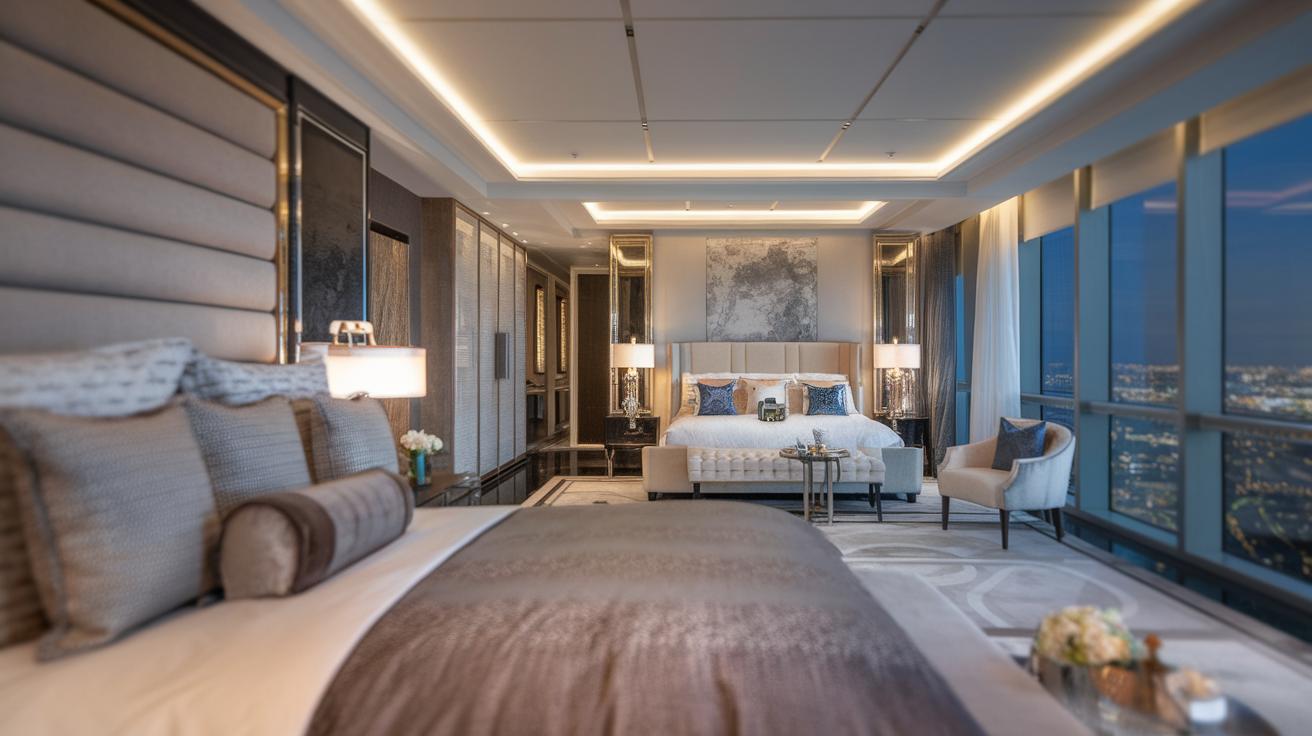Introduction
Cottage homes symbolize comfort, warmth, and a connection to nature. Originating as small, cozy dwellings, cottages have evolved into beloved residences that many people seek for their picturesque charm and functional designs. These homes often evoke a sense of nostalgia, transporting us to simpler times where life slowed down, and family and community thrived. The enchanting features of cottage architecture embody rustic aesthetics, which appeal to those yearning for a serene retreat from modern life’s hustle.
This article delves into the essence of cottage homes by exploring their history, architectural styles, and the unique qualities that set them apart from other houses. We will analyze the various designs and characteristics of these charming residences, highlighting why cottage homes continue to capture hearts across the globe. Join us in uncovering the timeless appeal that makes cottage homes more than just houses; they are treasured havens.
The History of Cottage Homes
Cottage homes first appeared in medieval Europe as simple dwellings for rural workers. These small structures often had thatched roofs and used local materials like stone and timber. Farmers built them close to their fields so families could easily manage their crops and livestock. Over time, cottages developed into charming retreats that both reflected local traditions and offered warmth and comfort.
During the 19th century, the Romantic movement inspired people to seek out nature and simpler living. Architects began to create picturesque cottage designs that featured cozy nooks and inviting porches. As urbanization increased, many people sought these homes as weekend getaways. Today, cottage homes maintain their historical charm while adapting to modern living, providing a blend of comfort and style that continues to captivate homeowners.
Architectural Styles of Cottage Homes
Key Features That Distinguish Cottage Homes
Cottage homes come in various architectural styles that highlight their unique design. Each style offers special features that set these homes apart from traditional houses. For instance, Arts and Crafts cottages often showcase handcrafted wooden details and built-in furniture, emphasizing natural materials. These elements connect homeowners to their environment.
Residents often appreciate how these distinct architectural styles create cozy living spaces. Whether it’s the rustic charm of a log cabin or the romantic appeal of a fairy-tale cottage, these homes carry timeless features that speak to a simpler, more relaxed way of life.
Essential Characteristics of Cottage Homes
Key Characteristics that Enhance the Cottage Experience
Cottage homes boast unique features that enhance their timeless appeal. One main characteristic is size. Typically smaller than average houses, they offer a cozy atmosphere perfect for relaxation. The layout often includes open spaces that encourage family gatherings and connection. Rooms flow naturally into one another, creating an inviting environment.
Another essential element is landscape integration. Cottage homes often blend seamlessly with their surroundings, utilizing local materials and natural colors. Gardens filled with blooming flowers, stone pathways, and manicured lawns add to their charm. These homes prioritize outdoor spaces, encouraging residents to enjoy nature while sitting on porches or tending to gardens. Each characteristic contributes to the overall allure, making cottage homes beloved by many.
Cottage Homes Around the World Explore Notable Examples of Cottage Homes
Regional Styles and Unique Features
Cottage homes showcase delightful designs across different countries, each reflecting the local culture and environment. In England, thatched-roof cottages nestled in the countryside often feature charming stone walls and small gardens. These homes exude a rustic feel, often appearing as if they belong in a fairy tale. In France, the “petit chalet” boasts vibrant colors and decorative shutters, often set against beautiful vineyards or rolling hills, inviting a cozy atmosphere.
In Japan, traditional tea houses serve as a blend of cottage charm and minimalist design. These structures emphasize natural materials like wood and bamboo, creating serene spaces that blend with nature. Meanwhile, Scandinavian cottages emphasize simplicity and functionality, often painted in bright hues with clean lines and large windows to capture the stunning landscapes surrounding them. Each cottage style reveals the unique appeal and character these homes bring to their regions.
Sustainable Living in Cottage Homes Promote EcoFriendly Practices Through Design
Cottage homes stand out not only for their charm but also for their ability to support sustainable living. Many cottage designs emphasize small footprints, which directly reduce land use and resources needed for construction. Builders often utilize local materials like wood and stone, cutting down on transportation emissions. Some even incorporate natural insulation, which helps regulate temperature and saves energy.
In addition to construction methods, cottage homes encourage eco-friendly lifestyles. These homes often blend with nature, encouraging residents to maintain gardens and use renewable resources. Rainwater harvesting systems and solar panels also find a place in these cozy homes, promoting green energy. By choosing a cottage lifestyle, homeowners contribute to a healthier environment, making sustainability a natural part of everyday living.
Interior Design Ideas for Cottage Homes
Creating Cozy Spaces
Incorporating warm, earthy colors enhances the inviting feel of cottage homes. Shades like soft beige, warm browns, and muted greens connect the interior to nature. Use paint, textiles, and accessories to introduce these colors throughout each room. Natural materials, such as wood, stone, and cotton, offer a rustic charm. Choose reclaimed wood for furniture or exposed beams on the ceiling to highlight the cottage’s character.
Thoughtful Layouts and Furnishings
A cozy layout encourages relaxation and togetherness. Arrange furniture to create intimate conversation areas, avoiding clutter. Use overstuffed sofas, vintage chairs, and soft rugs to add comfort. Incorporate built-in storage solutions, like shelves and cabinets, to make the most of limited space. Consider adding personal touches through nature-inspired artwork or handmade decor, further enhancing the distinctive charm of cottage style.
Cottage Homes as Retreats Analyzing Their Role for Calm Seekers
The Allure of Cottage Homes
Cottage homes appeal to many people seeking a calm place away from busy city life. These small, charming houses often sit in serene locations, surrounded by nature. The cozy atmosphere invites relaxation. Inside, warm woods, soft colors, and comfortable furniture make anyone feel at home. People flock to these retreats to escape daily stress and reconnect with themselves and nature.
Creating Spaces for Relaxation
Cottage homes inspire feelings of peace and contemplation. Many designs include large windows that bring in sunlight and views of gardens or forests. Porches and patios provide spaces to enjoy quiet mornings or evenings. This connection with nature enhances relaxation, making cottage homes ideal spots for reading, meditating, or simply reflecting. By prioritizing tranquility, these homes help individuals recharge and appreciate the beauty around them, fulfilling their longing for a peaceful sanctuary.
Challenges and Considerations The Journey of Owning a Quaint Cottage Home
Facing Zoning and Building Codes
Owning or building a cottage home includes various challenges. Local zoning laws can create hurdles that may limit where you can build and the size and style of the cottage. Some areas have strict regulations that dictate the design to fit the neighborhood. Builders must pay close attention to these codes or risk fines and delays. Getting the right permits can take time and planning, making the process more complex.
Ongoing Maintenance and Sustainability Efforts
Cottage homes often require meticulous upkeep. The charm of these structures comes from their materials, which can weather and age over time. Regular maintenance helps preserve this unique appeal but demands a consistent commitment. Homeowners should also consider sustainable practices, like using eco-friendly materials or energy-efficient systems. These choices not only benefit the environment but also create lasting, comfortable living spaces. Balancing tradition with modern needs can prove challenging yet rewarding for cottage owners.
The Future of Cottage Homes Trends and Environmental Considerations
Changing Design Preferences
Cottage homes may evolve, reflecting new design trends. Homeowners might favor open floor plans that enhance space without losing coziness. Many could prioritize natural materials, blending rustic charm with modern simplicity. Large windows might become common, inviting plenty of natural light and connecting indoor spaces with beautiful landscapes. People may also show interest in flexible spaces that serve multiple purposes, allowing rooms to adapt for various family needs.
Environmental Focus
Future cottage homes will likely consider eco-friendliness more than ever. Builders might incorporate sustainable materials, like reclaimed wood or energy-efficient appliances, to minimize environmental impact. Innovations in solar technology could make cottages self-sufficient, reducing reliance on traditional energy sources. Green roofs might gain popularity, promoting biodiversity while improving insulation. Owners will embrace rainwater harvesting and landscaping that supports local ecosystems, highlighting a commitment to both comfort and nature.
Conclusions
Cottage homes exemplify an enduring attraction through their quaint design and historical significance. These charming residences not only offer beautiful aesthetics but also provide a cozy and intimate atmosphere that resonates with many people. As we explored the architectural styles and characteristics that define cottage homes, it became evident that they fulfill our desire for comfort and connection to nature.
As you consider your own home, the allure of a cottage may inspire you to create your own peaceful retreat. The timeless qualities that characterize these homes remind us of the joy found in simplicity and the importance of creating spaces filled with warmth. Embrace the spirit of cottage living and discover how it can enrich your life.


